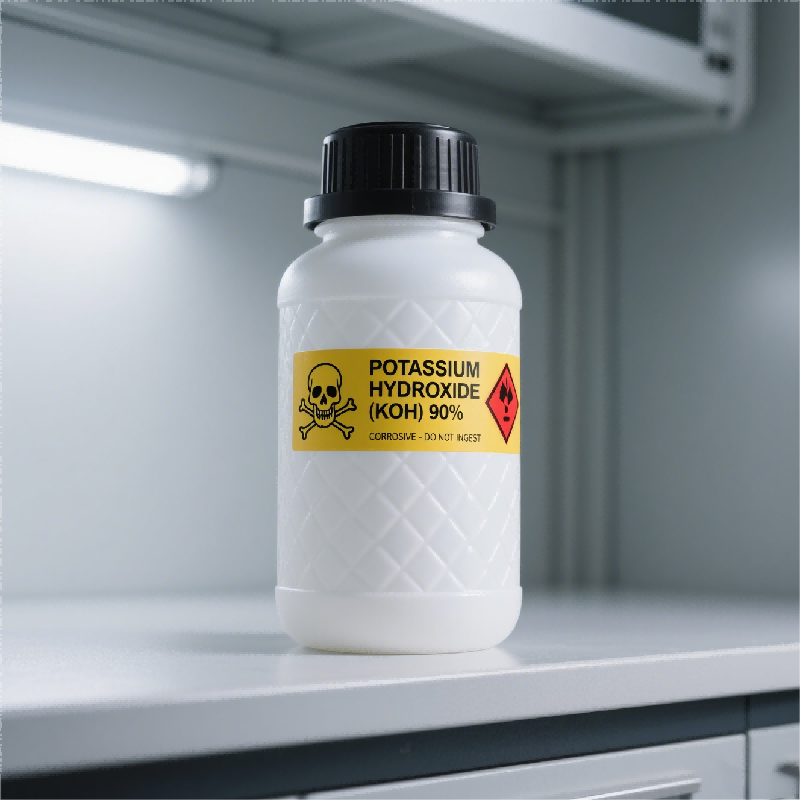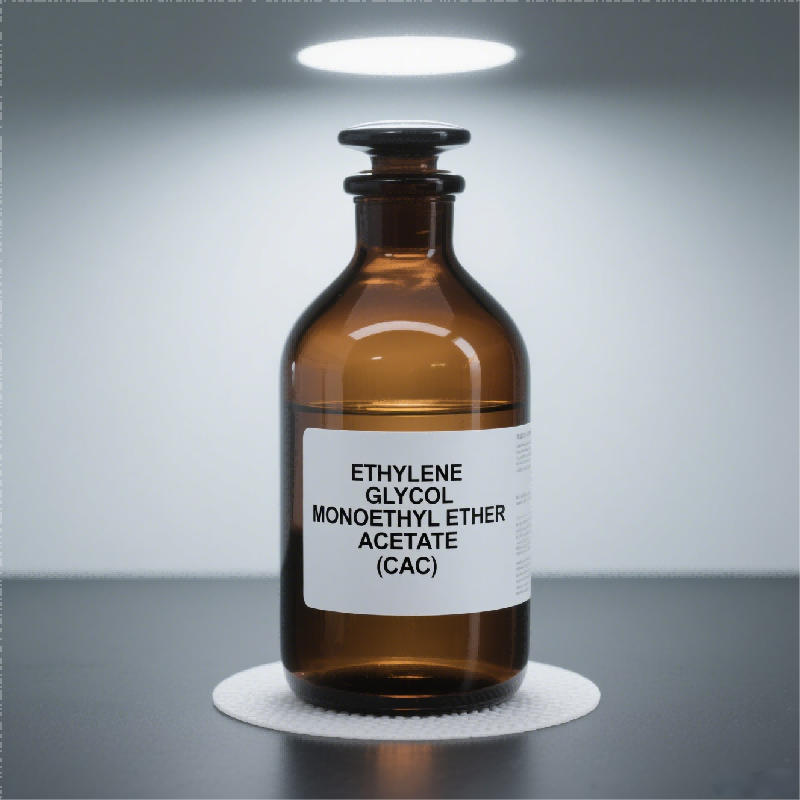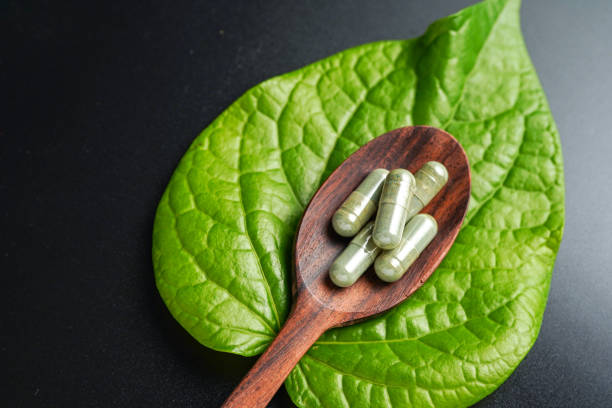Is Creatine Mono Better Than HCL?
Creatine is one of the most widely used supplements in the fitness world. It’s known for its benefits in improving strength, increasing muscle mass, and enhancing performance in high-intensity exercise. While creatine has several forms available in the market, creatine mono (monohydrate) and creatine HCL (hydrochloride) are two of the most popular versions. But is creatine mono better than HCL? This question often comes up among athletes, bodybuilders, and fitness enthusiasts. In this article, we will compare these two forms of creatine to help you make an informed decision about which one is best for your goals. Additionally, we’ll address some common questions related to creatine supplementation and its effects on the body.
What Does Creatine Mono Do for You?
Creatine mono, or creatine monohydrate, is a naturally occurring compound that is produced in the body. It is found in small amounts in foods such as red meat and fish, but supplementation can significantly increase the levels of creatine in muscles, which helps with energy production during short bursts of high-intensity exercise.
The primary function of creatine is to replenish adenosine triphosphate (ATP) levels, the main energy source for muscles. By boosting the availability of ATP, creatine mono enhances your ability to perform better during workouts, which translates to increased strength, power, and endurance in activities like weightlifting, sprinting, and other explosive movements.
Creatine supplementation has been shown to:
Increase muscle mass: Creatine helps in water retention within muscle cells, which not only increases the size of muscles but also improves their ability to generate force.
Enhance exercise performance: By increasing the availability of ATP, creatine allows for more reps, heavier weights, and better performance in high-intensity activities.
Support recovery: Creatine can reduce muscle damage and inflammation, helping athletes recover faster from intense workouts.
Improve brain function: Creatine supplementation has also been linked to improved cognitive function, especially in tasks requiring short-term memory and quick thinking.
Is Creatine Mono Safe?
Creatine mono is one of the most researched sports supplements and has been deemed safe for most individuals when taken as recommended. Studies have shown that creatine supplementation does not cause significant adverse effects when used in appropriate doses. Typically, the recommended daily dosage is 3-5 grams per day, which is enough to maintain muscle creatine levels without causing harm.
However, like any supplement, there are a few considerations to keep in mind:
Kidney health: Some people worry about creatine’s effects on kidney function. While research has shown no evidence of kidney damage in healthy individuals using recommended doses, those with pre-existing kidney conditions should consult a healthcare professional before using creatine.
Dehydration: Creatine draws water into the muscles, which can increase your need for hydration. It’s important to drink plenty of water while taking creatine to avoid dehydration.
Gastrointestinal distress: Some people may experience bloating or stomach discomfort when using creatine mono. This can often be mitigated by dividing the dosage throughout the day or using a micronized version of creatine that is easier to digest.
Creatine Mono vs. Creatine HCL
Now that we understand what creatine mono does and its safety profile, let’s take a closer look at how it compares to creatine HCL (hydrochloride). Creatine HCL is a more recent version of creatine that is bound to hydrochloric acid to increase its solubility in water. Some claim that this makes creatine HCL more effective and easier on the digestive system compared to creatine mono.
Solubility and Absorption
One of the biggest differences between creatine mono and creatine HCL is their solubility. Creatine mono has relatively poor solubility in water, which means that it doesn’t dissolve as easily. Some people find that creatine mono causes bloating or gastrointestinal issues because it sits in the stomach for longer. On the other hand, creatine HCL has a much higher solubility, which means it can be absorbed more quickly and efficiently by the body. This increased solubility is one of the main selling points of creatine HCL, especially for individuals who struggle with stomach discomfort from creatine mono.
Dosage Requirements
Another key difference is the required dosage. Due to the improved solubility and bioavailability of creatine HCL, users often report that they need to take a smaller dose compared to creatine mono. While a typical dose of creatine mono is around 3-5 grams per day, creatine HCL may only require 1-2 grams per day. This makes creatine HCL an attractive option for those who are looking for a more potent form of creatine that requires less product.
Cost
Cost is another factor to consider when comparing creatine mono and creatine HCL. Creatine mono is typically more affordable and widely available, while creatine HCL tends to be more expensive due to the increased manufacturing costs associated with its formulation. If you are on a budget, creatine mono is likely the more economical choice.
Effectiveness
Both creatine mono and creatine HCL are effective at increasing muscle creatine stores, improving exercise performance, and supporting muscle growth. However, there is more research backing the efficacy of creatine mono. Creatine mono has been extensively studied for decades and is considered the gold standard in creatine supplementation. While creatine HCL may offer certain benefits like improved solubility and a smaller required dose, there is currently less scientific evidence to support its superiority over creatine mono.
Does Creatine Affect Gut Bacteria?
Creatine has been shown to have various effects on the body, including its potential influence on gut health. There is some evidence suggesting that creatine mono could affect gut bacteria, though the effects are not yet fully understood.
Research indicates that creatine supplementation may have a positive impact on gut microbiota, potentially promoting the growth of beneficial bacteria. For example, a study on rats found that creatine supplementation led to an increase in beneficial gut bacteria such as Lactobacillus. However, more research is needed to understand how creatine mono affects human gut microbiota and whether this could contribute to overall health benefits.
In some individuals, creatine mono can cause gastrointestinal issues like bloating, cramping, or diarrhea. These symptoms are often due to the body’s difficulty absorbing creatine, especially when taken in high doses. To minimize these side effects, it’s recommended to split the dosage throughout the day, take creatine with food, or switch to a more easily digestible form like creatine HCL.
FAQs
- What Does Creatine Mono Do for You?
Creatine mono helps increase the availability of ATP in muscles, improving performance in high-intensity activities. It can boost strength, increase muscle mass, and support recovery after workouts.
- Is Creatine Mono Safe?
Yes, creatine mono is generally safe when taken at recommended doses. However, people with kidney issues or those prone to dehydration should consult a doctor before use.
- Does Creatine Affect Gut Bacteria?
There is some evidence suggesting that creatine mono may positively impact gut bacteria, although further research is needed to fully understand its effects on human gut health.
- Is Creatine Mono Better Than Creatine HCL?
Both forms of creatine are effective, but creatine mono is more widely studied and has more research supporting its benefits. Creatine HCL offers higher solubility and requires a smaller dose, but it is more expensive and lacks the same level of research.
- How Much Creatine Should I Take?
The recommended dose for creatine mono is typically 3-5 grams per day, while creatine HCL may require only 1-2 grams per day due to its higher bioavailability.
- Can Creatine Cause Stomach Issues?
Some individuals experience stomach discomfort, bloating, or cramping when using creatine mono. These issues can be minimized by reducing the dose, using micronized creatine, or switching to creatine HCL.
Conclusion
When comparing creatine mono and creatine HCL, it’s important to consider factors such as effectiveness, cost, dosage, and potential side effects. Creatine mono is the most researched form of creatine and has a proven track record of improving exercise performance and promoting muscle growth. Creatine HCL, while offering benefits like increased solubility and a smaller required dose, lacks the same level of scientific backing.
Ultimately, both forms of creatine can be effective for enhancing your workouts and supporting muscle growth. If you have no issues with digestion or solubility, creatine mono is an excellent choice. However, if you experience discomfort or want a more potent form of creatine, creatine HCL may be a better option. As always, it’s important to choose the supplement that aligns best with your goals, budget, and any potential health considerations.



